Category: Grammostola pulchra (Brazilian Black Tarantula)
-
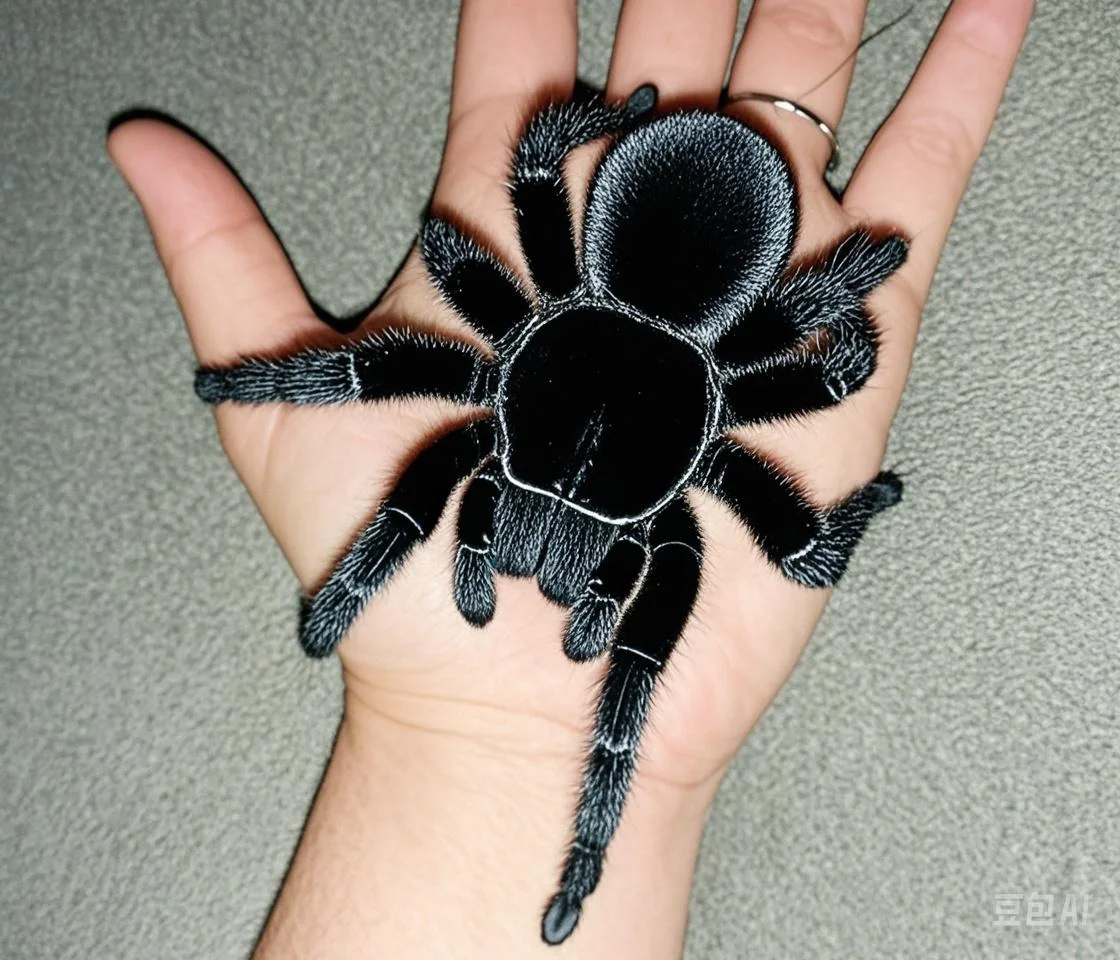
Odor Detection in Grammostola pulchra: Chemoreception Through Setae
Discover how Grammostola pulchra detects odors through chemoreception. Learn about husbandry tips, pheromone detection, and educational benefits.
-
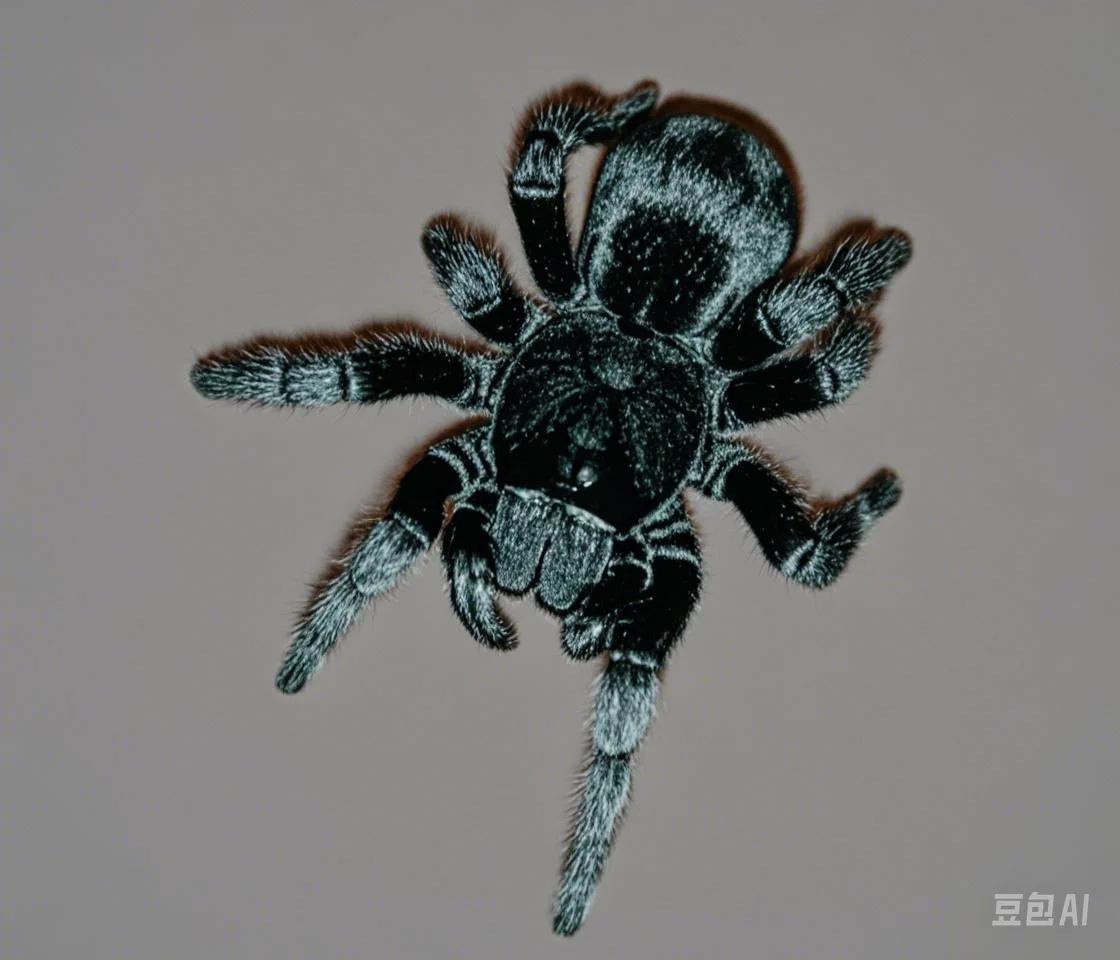
Predatory Tactics of Grammostola pulchra: Ambush vs. Active Hunting Strategies
Discover the predatory tactics of Grammostola pulchra. Learn about ambush vs. active hunting, feeding habits, and conservation efforts. Ideal for arachnid enthusiasts and educators.
-
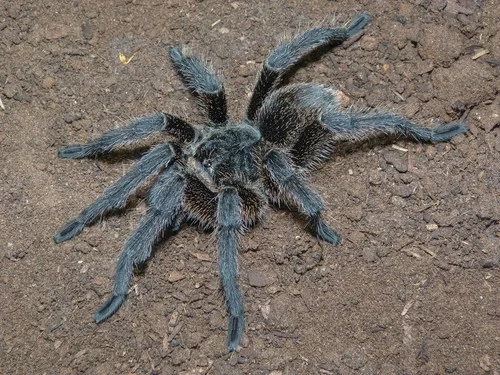
Thermoregulation Strategies of Grammostola pulchra in Arid Grassland Ecosystems
Discover how Grammostola pulchra uses thermoregulation strategies in arid grasslands. Learn about their behavior, captive care, and CITES regulations.
-
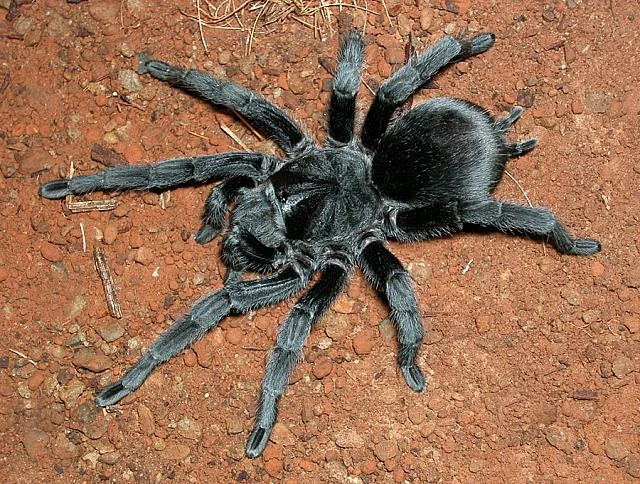
Taxonomic History of Grammostola pulchra: Revisions and Misidentifications Over Time
Discover the taxonomic history of Grammostola pulchra, including revisions and misidentifications. Learn about its classification, conservation, and trade regulations.
-
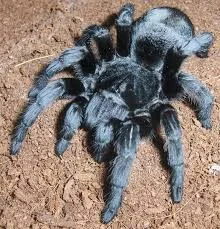
Ethical Considerations in Keeping Grammostola pulchra as a Pet: Wild vs. Captive-Bred
Discover the ethical considerations of keeping Grammostola pulchra as a pet. Learn about wild vs. captive-bred tarantulas and make an informed choice.
-

Ecdysis Complications in Captive Grammostola pulchra: Causes and Prevention
Learn about ecdysis complications in captive Grammostola pulchra. Discover causes, prevention, and expert care tips for healthy tarantulas.
-

Social Tolerance in Juvenile Grammostola pulchra: Can Spiderlings Coexist?
Discover if Grammostola pulchra spiderlings can coexist. Learn about social tolerance and risks in juvenile tarantulas.
-
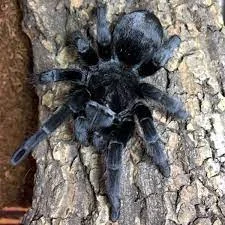
Leg Autotomy in Grammostola pulchra: Regeneration Processes and Survival Costs
Discover the fascinating process of leg autotomy in Grammostola pulchra, including regeneration and survival costs. Learn about its educational value and conservation status.
-
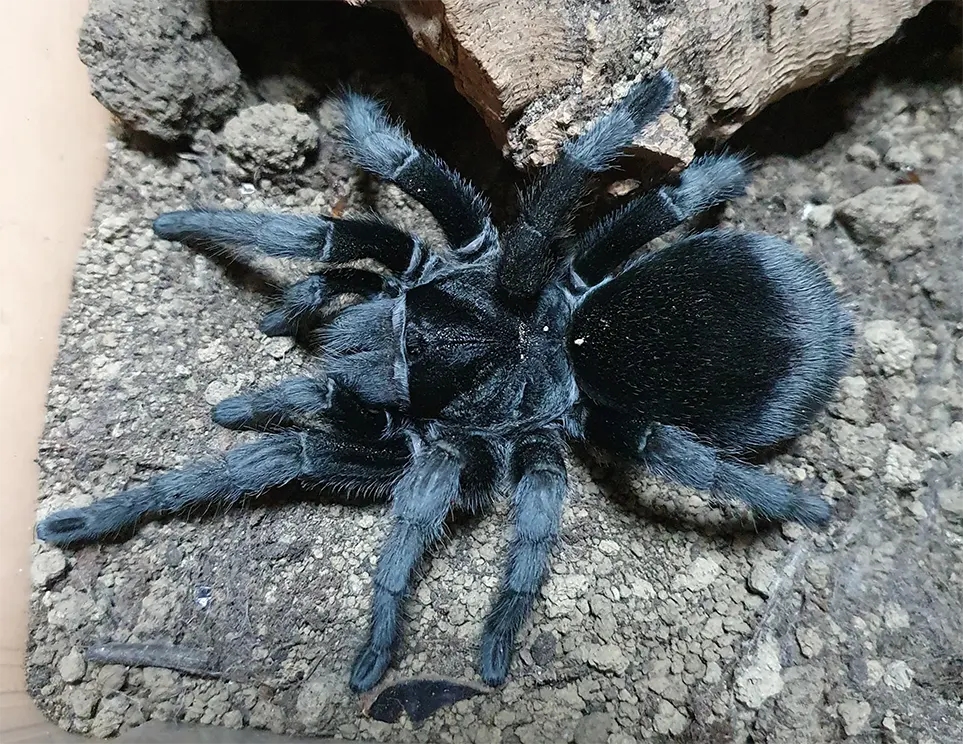
Mitochondrial DNA Studies of Grammostola pulchra: Phylogenetic Relationships
Discover the phylogenetic relationships of Grammostola pulchra through mitochondrial DNA studies. Learn about population genetics, species delimitation, and more.
-
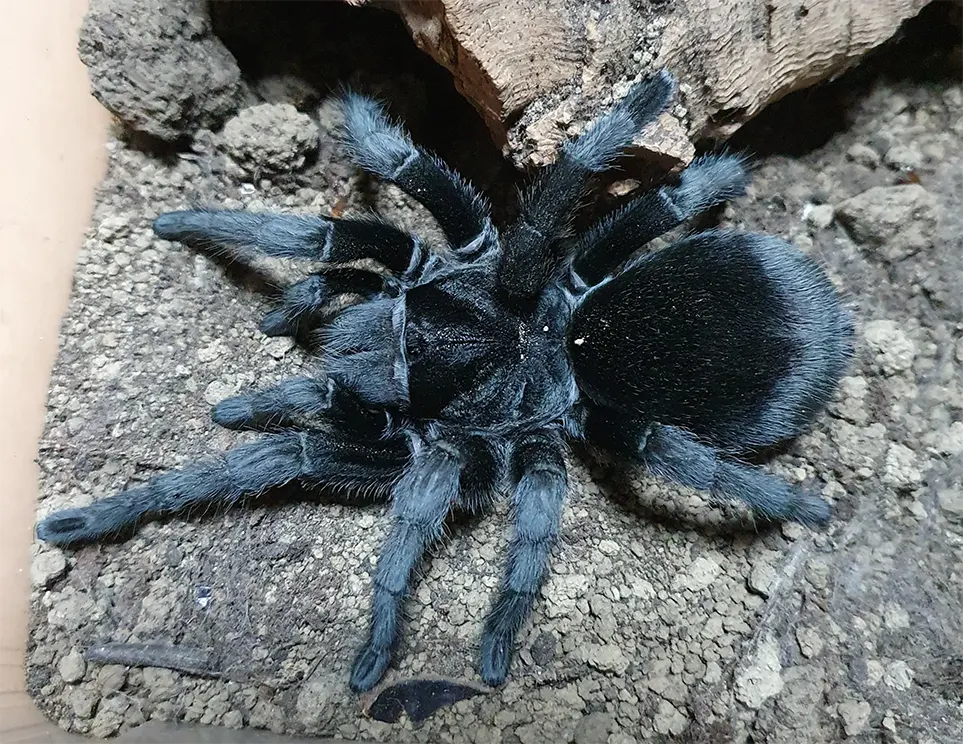
Captive vs. Wild Grammostola pulchra: Behavioral Plasticity in Response to Environment
Discover the fascinating differences in Grammostola pulchra behavior between captive and wild environments. Learn about their adaptability and care tips.